Teach Media Literacy with Super Bowl Ads
(Updated in 2019. Be sure to check out the latest Super Bowl media literacy news in this 2/4/21 article at the New York Times Learning Network. Also see Frank’s 2023 updates.)

For many years, I have hosted a web page, “Using Super Bowl Ads In The Classroom,” because I wanted to help educators who haven’t thought about using these popular culture texts in instruction.
You might notice that I use the word “texts.” TV and other video commercials should be considered as texts because they present information that students can learn to scrutinize closely (analyze) and deconstruct. In fact, the National Council of Teachers of English (NCTE) has long recommended that teachers include “non-print” texts in the classroom.
In a study I conducted some years ago, elements of media literacy were found in the English/Language Arts teaching standards of most states. Understanding advertising continues to be an important part of media literacy today. The Common Core ELA standards also speak to the need to engage students in these real-world, popular culture “informational texts.”
Standards aside, can there be any doubt that students today are bombarded by commercial messages everywhere they look on every device they use, and need to be smart and discerning about what they see and hear?
In my media literacy workshops around the nation, I often hear from teachers who are still not comfortable teaching with or about advertising. One reason is a lack of training or the need to simply think all the way through the process. If you find yourself in this category, read on.
The Super Bowl ad extravaganza
In 2019, Super Bowl 53 will be viewed by 100+ million people in the U.S. alone and the cost of a 30-second ad is estimated at $5 million this time around (about the same as 2018). At this stage of the run-up to the February 3 game, a lot of attention (on social media, in the press, and around the office water cooler) has already been given to the game and the commercials (look no further than USAToday’s AdMeter site, above).
One marketing professor, writing at the Huffington Post in 2017, noted that advertisers will likely spend another $1 million or more to produce their commercial, pushing the cost up to $6 million or $200,000 a second. How can these expensive, high-concept advertisements, which will appear over the course of a 7-hour broadcast, be used in the classroom?
The producers and creators of commercials use a formula that they know will hook the audience. It might be humor, a slogan, a jingle, a color, a pet, a celebrity…anything they believe (and market testing shows) will attract positive attention to their product.
How will advertisers balance broad reach and controversy in deciding ad buys?
• Kellogg School Super Bowl Ad Review
It’s up to us, as educators, to pull back the curtain on how these highly persuasive texts might pull an emotional string which makes us remember (or want to purchase) the product or spread the message.
Students need to think like advertisers
When I speak to teachers about advertising, I encourage them to get their students to think as if THEY were advertisers. If you are going to promote a product, then you must know:
• who is my audience?
• what are the best ways to reach them?
• what techniques will I use to get and hold their attention?
• what celebrity or high profile event can I associate with?
• what television programs & websites does my audience follow closely?
• what do I want them to know about my product?
• how can I get them to make a purchase?
Years ago, I developed a series of media literacy/critical thinking questions and posted them on my Super Bowl ads webpage. (About copyright: educators can legally record and use Super Bowl ads in instruction.)
And there’s SuperBowl-Ads.com, a website that includes information about the commercials featured during the professional football championship game in past years, as well as news about the 2019 commercials (teacher discretion advised). And here’s another resource worth mining, posted by AdWeek: The 2019 Super Bowl Ad Tracker:
USAToday’s AdMeter will let visitors rate
the 2019 Super Bowl ads (free registration)
Questions to consider before the kickoff
Here are some questions you might have your students research and ponder before the game:
► What do you know about the Super Bowl game? Where did you learn it? Why does the game get tremendous media attention every year? What makes advertisers want to show their ads during this once-a-year sporting event? Why does it cost so much to buy just one 30-second ad? What justifies that advertising expense? How do advertisers make money from their Super Bowl spots?
► Students might also use search tools to find out who decides what order the ads air during the game. Why do some ads only run in certain sections of the United States? How do advertisers create buzz about their ads, even before the game is broadcast? They might create a tracking chart listing the known advertisers and research their parent companies.
► They might predict how many ads will be for: alcohol? cars? TV shows? movies? Why are some kinds of ads so popular with Super Bowl advertisers (e.g., beer, wine, liquor)?
► Which propaganda/persuasion techniques would you expect to be used in each ad? Which ad(s) are you looking forward to viewing and why?
► Be on the lookout for not-so-obvious ads during the broadcast – like the Pepsi half-time moments. (Students might want to create a list.) Based on the ads scheduled to be broadcast, what demographic (gender, age) do you think each advertiser is trying to reach?
► What social media might be used, if at all, by advertisers during the event window? How do students plan to use social media, if at all, during the game?
(USA Today, online and in print, includes a huge advert preview in the Friday issue before the game.)
Questions for after the game
Here are some questions to consider after the game (in addition to “Who won and what was the score?”):
► What ad(s) did you find most entertaining, and why? (students should be specific and give details here). What ad(s) did you find the most dull/lame, and why? Which ad(s) did you think were most effective in getting viewers to buy or do something, and why? Which ads were for products or services that you couldn’t figure out?

► Math? Students might calculate the total advertising revenue going to the TV network if each 30 second ad costs an estimated $5 million. Older students can do more sophisticated calculations. (An aside: Ads are cheaper if they are targeted at smaller audiences; e.g., the 2015 Verge ad, above right, that appeared in only one Montana city and cost $700. Click it.)
► How do Super Bowl advertisers get mileage for their message before and after the game? How many ads did you spot inside the stadium? How were Twitter, Facebook, Instagram and other social media used during the game to promote the products being advertised? How did you use them, if at all?
► Students might survey classmates, parents and grandparents and ask each to list their 3 favorite ads. Compare and contrast responses. Do some ads appeal to different genders and age groups? Were these the groups the ads were targeting?
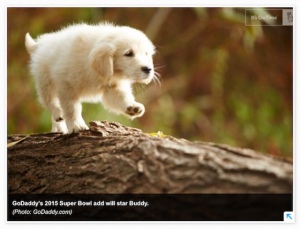
Super Bowl Ad Analysis Worksheet
Here’s a worksheet I’ve designed that students might use during the game to gather information about the various ads they’ll see. You can download a PDF of this grid here. Feel free to adapt it to your own needs and purposes. I think you’ll find the explanatory notes useful in guiding students’ work. (Click on image to enlarge.)
Popular culture, media literacy – and it’s legal!
Taking the time to use Super Bowl advertising in your classroom and having students discuss their opinions is another great way of demonstrating that popular culture and media literacy have a place in today’s 21st century classrooms.
And once again, in answer to the final question of many teachers: Yes, educators can legally record and use Super Bowl ads in instruction.
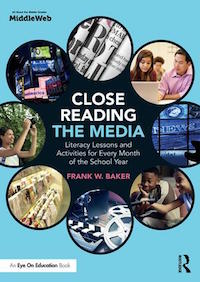

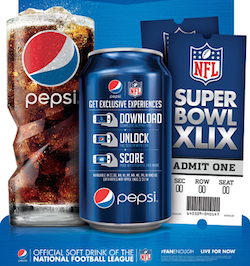
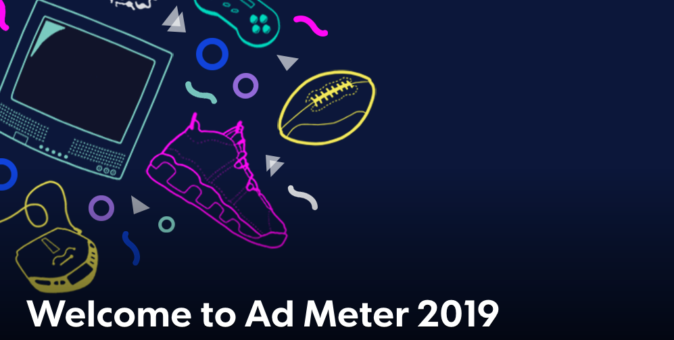


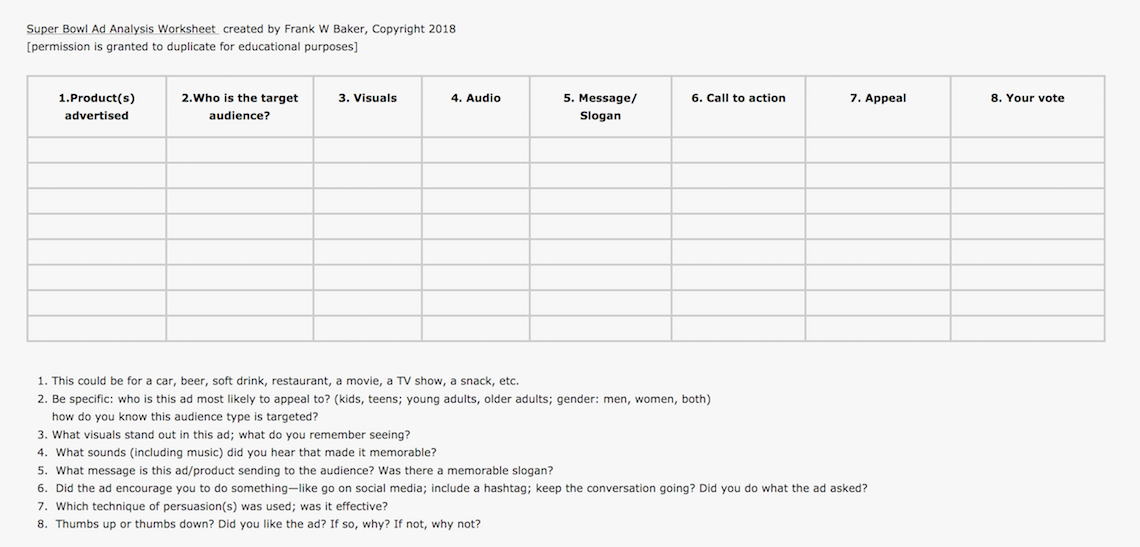


































I love using this lesson plan every year. Looking forward to analyzing this year’s ads.
Thanks, Chris. A little google searching lets us know that you’re a high school business teacher. An excellent use of Frank’s resources!